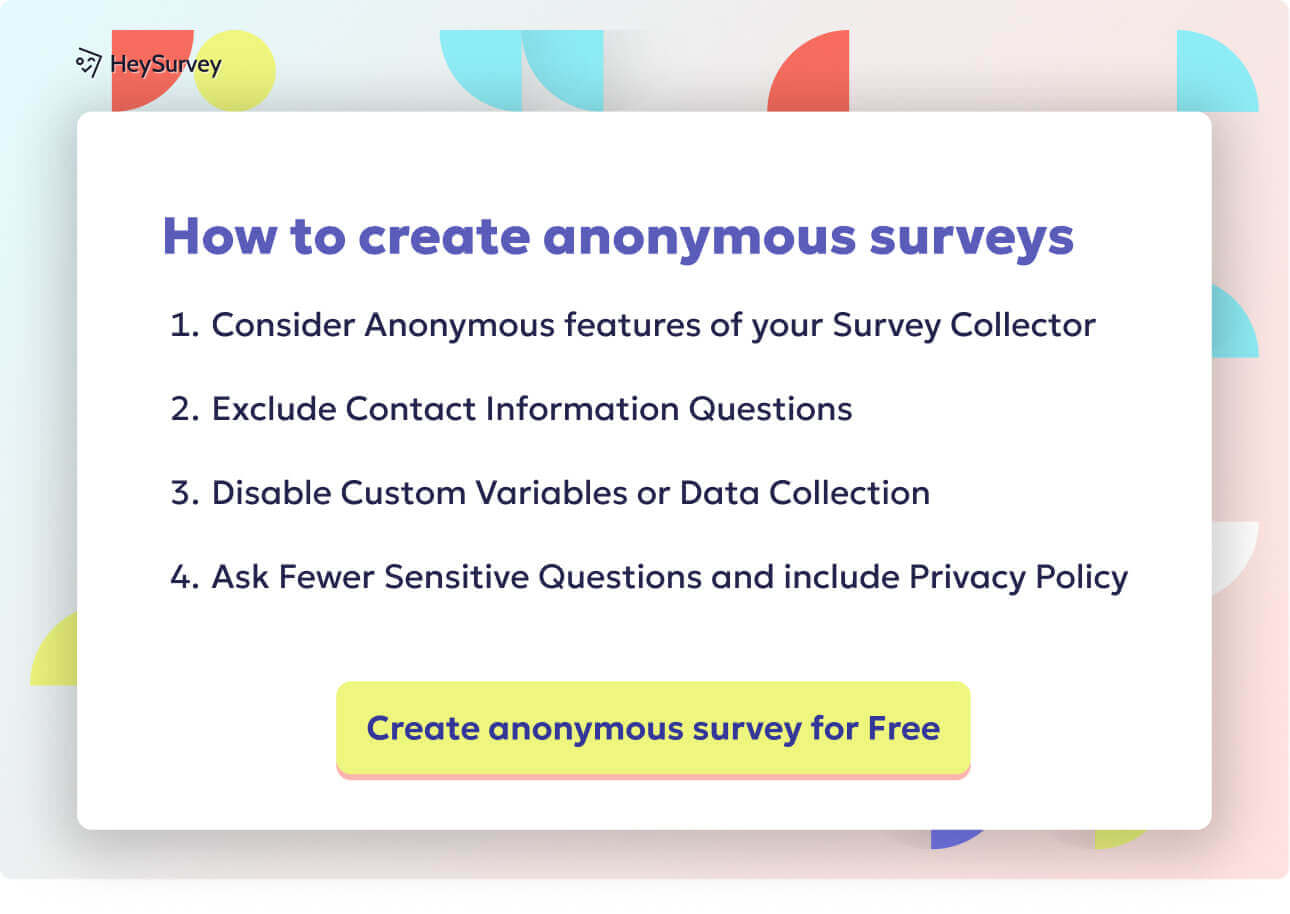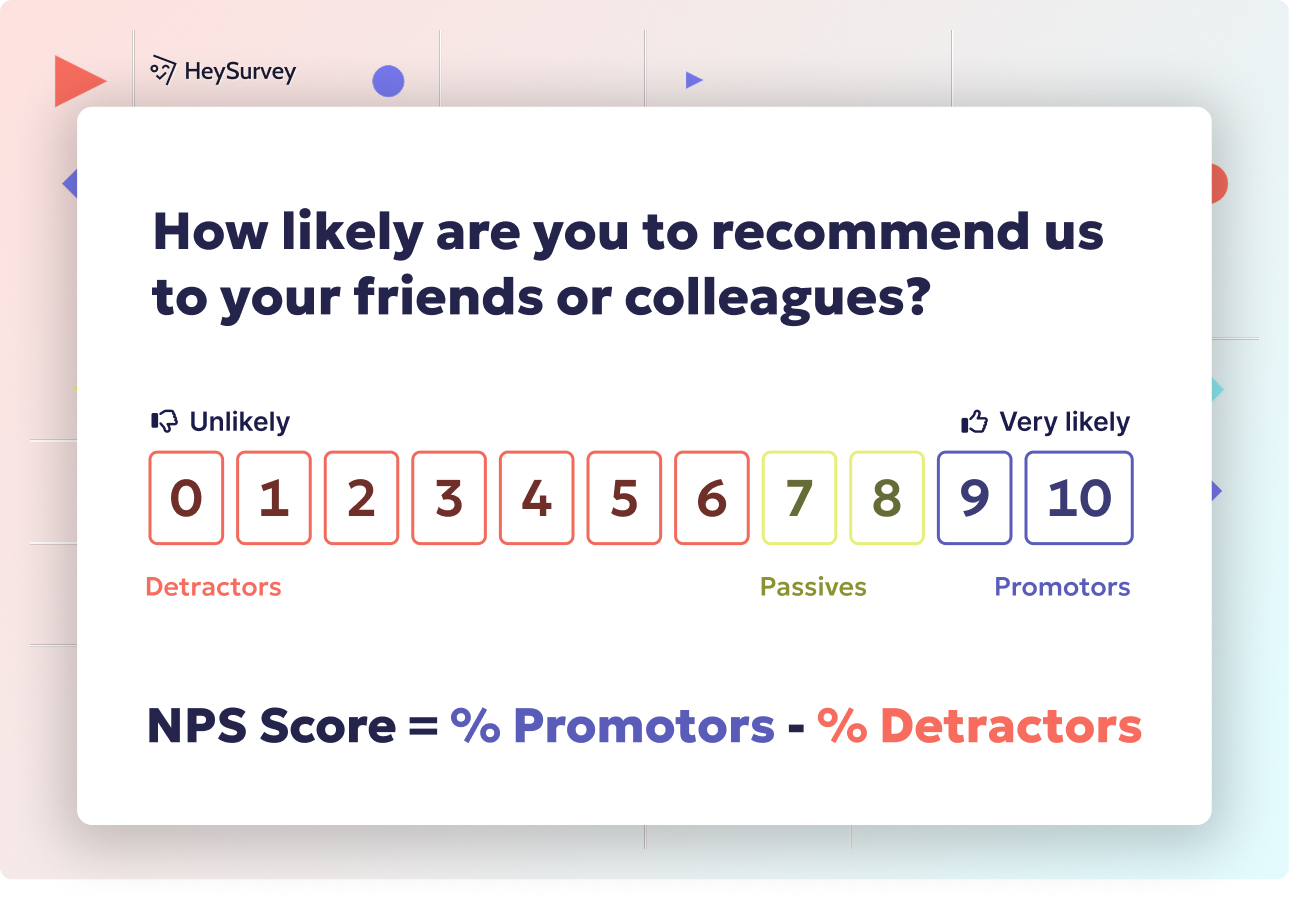29 Vendor Survey Questions: Types, Uses & Examples Guide
Discover 25 proven vendor survey questions covering onboarding, performance, compliance, and more to strengthen supplier relationships.
Vendor surveys are the unsung heroes behind every resilient, innovative, and cost-efficient supply chain. When well-executed, they shape supplier relationships, keep risk at bay, accelerate onboarding, and even power up compliance efforts. Savvy organizations use dedicated surveys at key lifecycle moments—from onboarding to contract renewal—to glean actionable insights and steer better decisions. Below, you’ll discover the key types of vendor surveys, proven question sets, and can’t-miss tips for making every survey count.
The Vendor Onboarding (Pre-Qualification) Survey
Why & When to Use
A supplier onboarding questionnaire is your first line of defense against expensive mismatches and compliance headaches. It’s your golden opportunity to peek under the hood before shaking hands on any deal. Use it well before signing, during the pre-qualification or due-diligence phase. Think of this as your backstage pass to discovering vendor capabilities, capacity, and culture—without risking a single dollar.
When should you whip out your vendor due-diligence survey?
- When expanding your supplier list.
- If you’re entering new categories or geographies.
- When corporate policy or audits call for more robust vetting.
This survey can dramatically accelerate due-diligence, keeping both procurement and legal teams smiling. It’ll flag concerns early—so you avoid suppliers who don’t quite fit, aren’t financially stable, or whose compliance standards are a tad wobbly.
What to Include
Go beyond basic introductions. Your pre-qualification survey should cover:
- Company background and ownership
- Financial stability and history
- Certificates and third-party validations
- Production or service delivery capacity
- Client references and case studies
- Risk factors, contingency planning, and insurance
- ESG (Environmental, Social, Governance) credentials
Every question is about finding those key red or green flags before you invest more.
5 Sample Questions
Please provide a summary of your company’s ownership structure and leadership team.
What is your annual revenue for the last three fiscal years?
List all relevant certifications (e.g., ISO, industry-specific) currently held by your company.
What is your maximum monthly capacity for our required products or services?
Can you share three client references with similar requirements to ours?
These questions are designed to surface issues before they become problems. Adapt or expand depending on your industry nuances and risk appetite.
A 2024 survey revealed that 64% of manufacturers prioritize robust vendor onboarding with training and ongoing support when evaluating new solutions. (enterpriseasia.org)
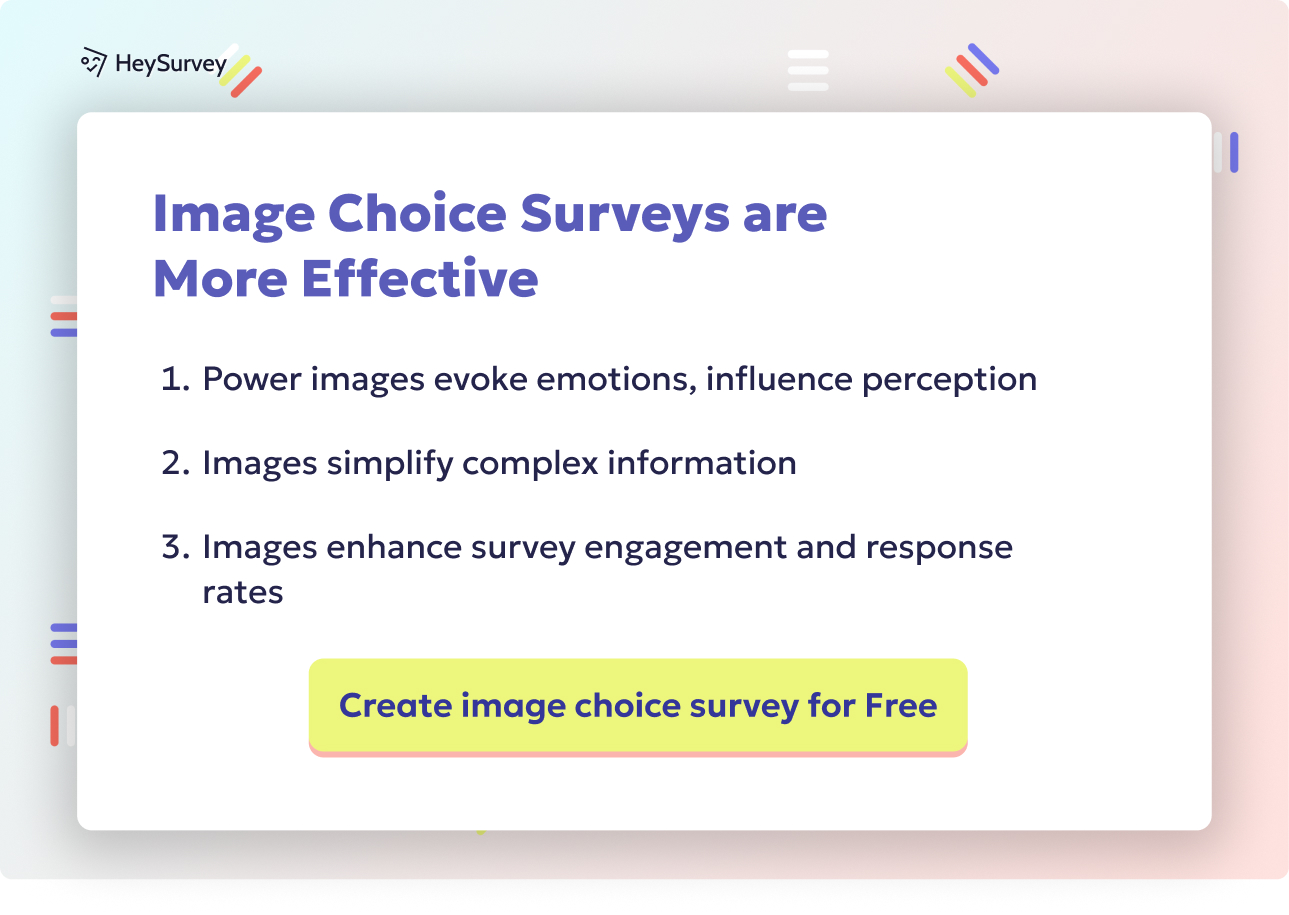
How to Create Your Vendor Survey with HeySurvey in 3 Easy Steps
If you’re new to HeySurvey, don’t worry—it’s built to be intuitive and beginner-friendly! Here’s a quick guide to get your vendor survey up and running in no time. At the end, there’s a button to start from a ready-made template so you can dive right in.
Step 1: Create a New Survey
- Open HeySurvey and click “Create Survey” to start fresh.
- Choose your preferred starting method—ideally, pick a pre-built template if you want a running start tailored to vendor surveys.
- Give your survey a name that makes sense for your purpose (e.g., “Vendor Onboarding Survey”).
That’s it—your survey shell is now ready for customization.
Step 2: Add Your Questions
- Click the “Add Question” button at the top or between questions if you’re editing an existing survey.
- Pick the appropriate question type: text, single choice, scale, dropdown, or file upload—whatever fits your needs.
- Enter your question text, add helpful descriptions if necessary, and set fields like “required” if you want to make sure nothing gets skipped.
- Use the flexibility to add images or format your question text with markdown to make things clearer or more engaging.
- If you want to get fancy, set up branching so respondents only see relevant questions based on their answers.
Keep plugging in questions, adapting them to match your vendor survey’s focus.
Step 3: Publish Your Survey
- Once you’re happy with your questions and layout, hit “Preview” to see exactly how it will look to your vendors.
- Make any last-minute tweaks to design, colors, or flow via the Designer Sidebar if you want it branded or polished.
- When ready, click “Publish”. Note: you will need to create a free HeySurvey account at this stage to save and manage your survey.
- After publishing, grab the shareable link and send it to your vendors or embed it on your internal portal.
Your survey is now live and ready to collect valuable vendor insights!
Bonus Steps to Boost Your Survey
Apply Branding
- Upload your company logo to the top-left corner for a professional look.
- Customize colors, fonts, and backgrounds to match your brand style, using the Designer Sidebar.
Define Survey Settings
- Set start and end dates to control when your survey is open.
- Limit the number of responses to manage workload if needed.
- Add a redirect URL, sending respondents to a thank-you page or next steps after completion.
- Choose whether to let respondents see summary results for transparency.
Use Branching to Personalize
- Use branching logic to create question paths tailored to different vendor types or previous answers.
- Define multiple endings to show customized messages based on responses, enhancing the experience and clarity.
Ready to start? Click the button below to open a vendor survey template in HeySurvey and begin customizing your perfect questionnaire!
Vendor Performance Evaluation Survey (Quarterly/Annual)
Why & When to Use
Once the honeymoon is over, it’s all about performance. A supplier scorecard ensures that reality matches the promises made during onboarding. Schedule a vendor performance evaluation survey quarterly or annually—depending on volume, spend, and risk profile. This is your essential tool for quantifying service quality, on-time delivery, and continuous improvement.
Make it a habit during:
- Regular supplier reviews
- Before significant contract expansions
- When issues or near-misses start popping up
- After implementing new requirements or KPIs
By benchmarking with these surveys, you get a handy comparison across your supplier base, fueling better sourcing decisions.
5 Sample Questions
On a scale of 1–10, how accurately have we received deliveries against agreed timelines in the last review period?
How would you rate the overall quality of products/services provided?
Describe a recent situation where you took proactive steps to resolve an issue.
Are our invoicing and payment processes meeting your expectations?
What areas for process efficiency or innovation have you identified since our last review?
A good performance review checklist means everyone’s rowing in the same direction, taking the guesswork (and the drama) out of supplier meetings.
Implementing supplier scorecards enhances performance visibility, fosters data-driven decision-making, and promotes continuous improvement in supplier relationships. (ki-value.com)
Vendor Satisfaction Survey (Reverse Feedback)
Why & When to Use
Why should buyers have all the fun? Flip the script with a vendor satisfaction survey and see how your organization shapes up as a client. Turns out, suppliers with happy clients (that’s you!) are far more likely to deliver quality, prioritize you in a pinch, and flag possible improvements early.
When’s the sweet spot to send these?
- After the first 6–12 months of a partnership
- Post complex project or service delivery
- Annually, for high-spend or strategic suppliers
- After significant policy or system changes
You’re not only checking the health of your supplier relationships—you’re also scouting for pain points and collaboration opportunities.
5 Sample Questions
How clearly are our expectations and requirements communicated to your team?
Do payment terms, systems, or policies present any challenges for your business?
How do you rate the responsiveness and professionalism of our procurement team?
Are there process improvements or tools that would make working with us easier?
Have you felt included and informed in our project planning and feedback cycles?
These vendor satisfaction questions help you move from being “just another customer” to a true partner of choice.
Compliance & Risk Assessment Survey
Why & When to Use
Regulations and risks don’t stand still—neither should your supplier checks. A robust compliance and risk assessment survey keeps your business out of the headlines and in regulators’ good books. Deploy it at least annually, or anytime there’s a regulatory or operational change. This is your go-to for:
- ESG (Environmental, Social, and Governance) compliance
- Cybersecurity readiness and data privacy
- Alignment on ethical and anti-bribery standards
- Managing third-party or geopolitical risks
You simply cannot afford to skip these, especially in regulated industries like finance, healthcare, and public sector.
5 Sample Questions
Can you provide documentation confirming compliance with all local and international regulations relevant to our industry?
What measures are in place to ensure data protection and cybersecurity?
Please outline your procedures for identifying and mitigating environmental risks.
Has your company been subject to any legal or regulatory investigations in the last three years?
What policies are in place to prevent bribery, corruption, or other unethical practices among your staff?
A supplier compliance checklist like this protects both you and your brand—saving money, reputation, and possibly a few gray hairs.
A well-designed vendor risk assessment questionnaire should encompass key areas such as data security practices, compliance with regulations, and incident response capabilities to effectively identify and mitigate third-party risks. (signalx.ai)
Vendor Relationship Improvement (360° Partnership) Survey
Why & When to Use
The best collaborations don’t just happen—they’re built, nurtured, and refined over time. A vendor relationship improvement survey is your toolkit for leveling up, together. Use it mid-contract or after complex projects to co-create solutions, solve sticking points, and plot out innovation pathways.
Ideal moments to send include:
- At the 12 or 24-month milestone
- After major process or technology changes
- Post-delivery of joint innovation initiatives
- Whenever there’s a noticeable dip in partnership satisfaction or results
Here, you go far beyond transactional metrics, blending open-ended prompts to spark shared insights.
5 Sample Questions
What areas of our partnership have delivered the most value to date?
Where have our processes or communication fallen short, and how could we improve?
What joint initiatives (cost savings, innovation, sustainability) should we consider over the next year?
Are there industry trends or technologies you believe we should be exploring together?
How can we make our day-to-day collaboration smoother and more rewarding for both sides?
A well-timed supplier collaboration survey is your secret weapon for becoming your vendor’s absolute favorite customer.
Contract Renewal Decision Survey
Why & When to Use
Contract endings can sneak up on even the savviest procurement teams. A vendor renewal questionnaire makes sure you’re never caught off guard. Run it 3–6 months before contract expiry—while there’s still time to gather feedback, renegotiate terms, or prepare for a transition.
Deploy this survey to:
- Identify which suppliers are hitting—or missing—renewal criteria
- Pinpoint terms needing clarification, upgrades, or tougher compliance
- Gather feedback on what’s working...or what’s not
- Trigger any necessary exit strategies or volume adjustments
When contracts are on the line, you can’t afford to rely on gut feeling alone.
5 Sample Questions
Based on your recent performance, do you feel you have met all the contract KPIs and commitments?
What challenges or risks have emerged over the current contract term that could impact future work?
Are there contract terms you’d like to renegotiate for better mutual value?
Have you implemented any new processes, certifications, or technologies since the last renewal that we should know about?
What recommendations do you have to maximize value and minimize risk in the upcoming contract period?
These questions, combined with supplier exit criteria, keep your contract renewal process disciplined and data-driven—goodbye surprises, hello smooth transitions.
Emergency/Post-Incident Vendor Survey
Why & When to Use
No one likes a supply-chain curveball, but they happen. Whether it’s a late delivery, safety incident, or product recall, a post-incident vendor survey helps you understand what went wrong—and what’ll stop it from happening again. These surveys should land promptly, while details are still fresh and corrective actions can be implemented.
Key situations to use this:
- After supply interruptions or late shipments
- When critical product or service failures occur
- Following health, safety, or environmental incidents
- Upon identifying possible fraud or data breaches
Think of it as triage with an improvement plan, not a blame game.
5 Sample Questions
What factors contributed to the incident or failure, and when were they first detected?
Which corrective actions have been implemented, and what is their anticipated timeline for effectiveness?
Are there gaps in communication or escalation processes that need to be addressed?
What support or resources do you require from our organization to prevent recurrences?
How do you plan to monitor and report on the corrective actions’ effectiveness?
A strong supplier corrective action survey keeps your supply chain robust, agile, and always learning—one misstep at a time.
Dos and Don’ts (Best Practices for Vendor Survey Design)
When it comes to effective vendor surveys, some golden rules apply. Keep these survey design best practices front and center to maximize participation and actionable insights.
Dos:
- Keep surveys concise, focused, and relevant to each phase.
- Tie every question to clear KPIs or improvement goals.
- Segment surveys by vendor tier, spend, or strategic importance.
- Offer anonymity, especially when asking sensitive questions.
- Always close the loop—share results and action plans with respondents.
Give extra thought to:
- Frequency: Only as often as necessary to avoid survey fatigue—quarterly to annually works for most.
- Tools: Use digital survey tools that support branching, reminders, and easy analysis.
- Incentives: For longer or more frequent surveys, small tokens of appreciation or early feedback reports boost response rates.
Don’ts:
- Don’t use jargon, technical speak, or legalese that might confuse or intimidate.
- Never include leading, double-barreled, or ambiguous questions.
- Don’t over-survey—focus on moments that matter instead of constant check-ins.
- Don’t ghost your vendors; always share what’s next when surveys close.
- Avoid the lure of one-size-fits-all; personalization always wins.
With these dos and don’ts, your surveys will be less of a chore—and more of a trusted barometer for stronger vendor relationships.
Conclusion & Action Plan
Every vendor survey type supports a unique stage in the supplier relationship lifecycle. By mixing and matching question sets, automating outreach, and actually acting on results, you’ll supercharge your supply chain—one conversation at a time. Ready to get started? Download our free vendor survey template or schedule a consultation and see the difference data-driven supplier management can make!
Related Business Survey Surveys
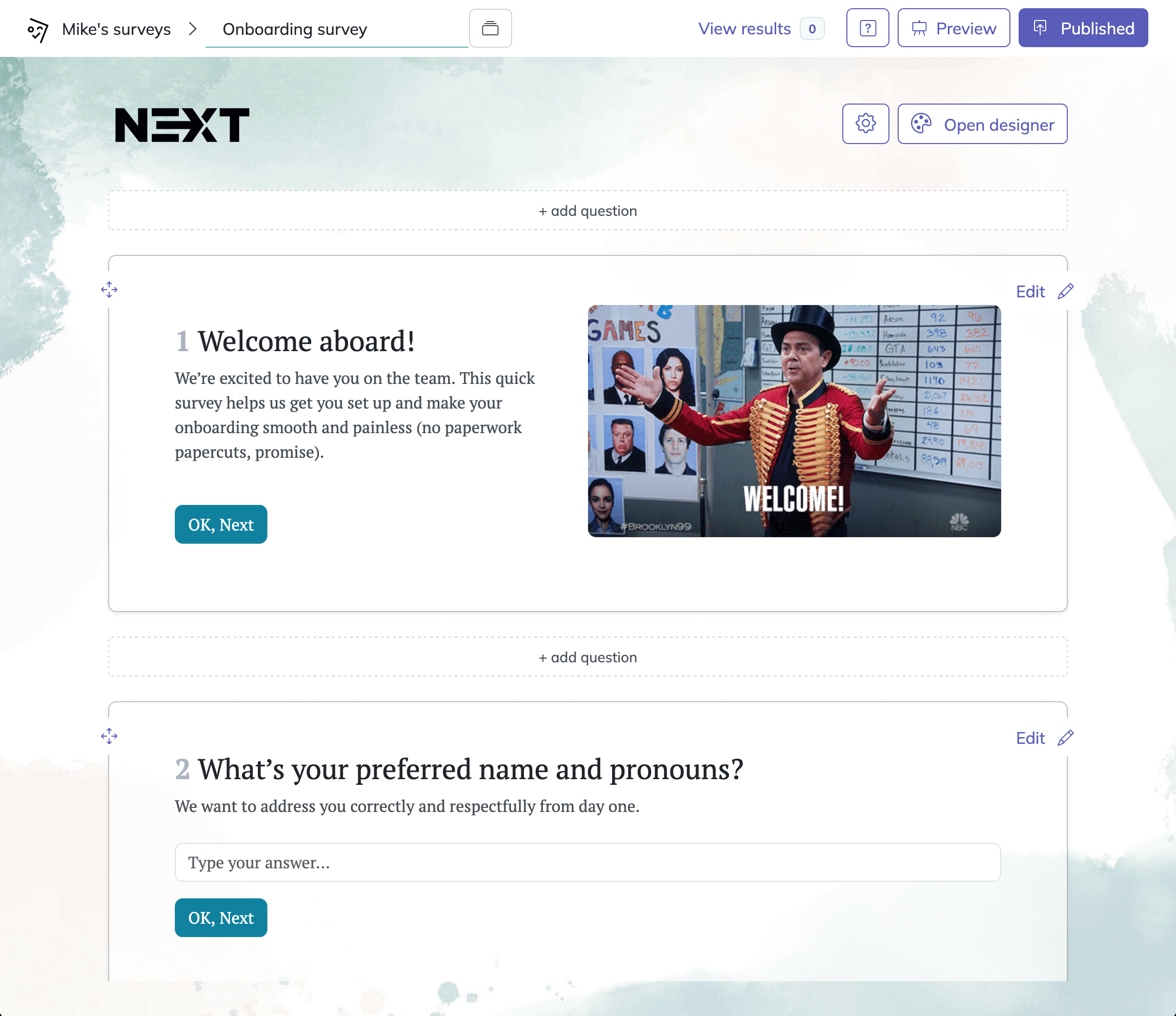
28 Nonresponse vs Voluntary Response Survey Questions Explained
Explore 25 sample nonresponse vs voluntary response survey questions, understand key differences,...
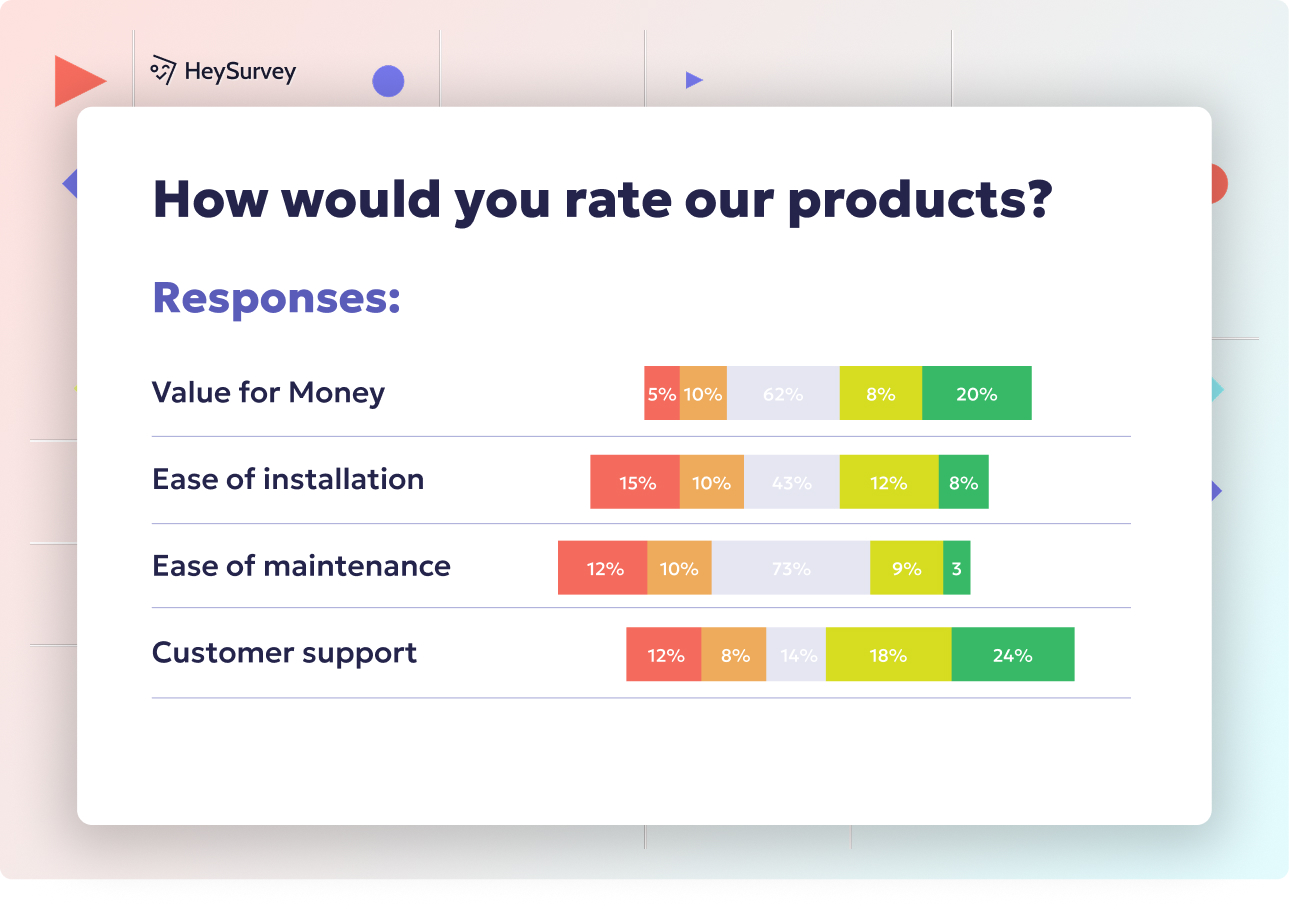
29 Essential SWOT Survey Questions for Strategic Insights
Discover 25+ expert SWOT survey questions designed to capture strengths, weaknesses, opportunitie...

29 Quality Assurance Survey Questions for Effective Feedback
Discover 25 quality assurance survey questions to improve processes and ensure excellence. Boost ...
